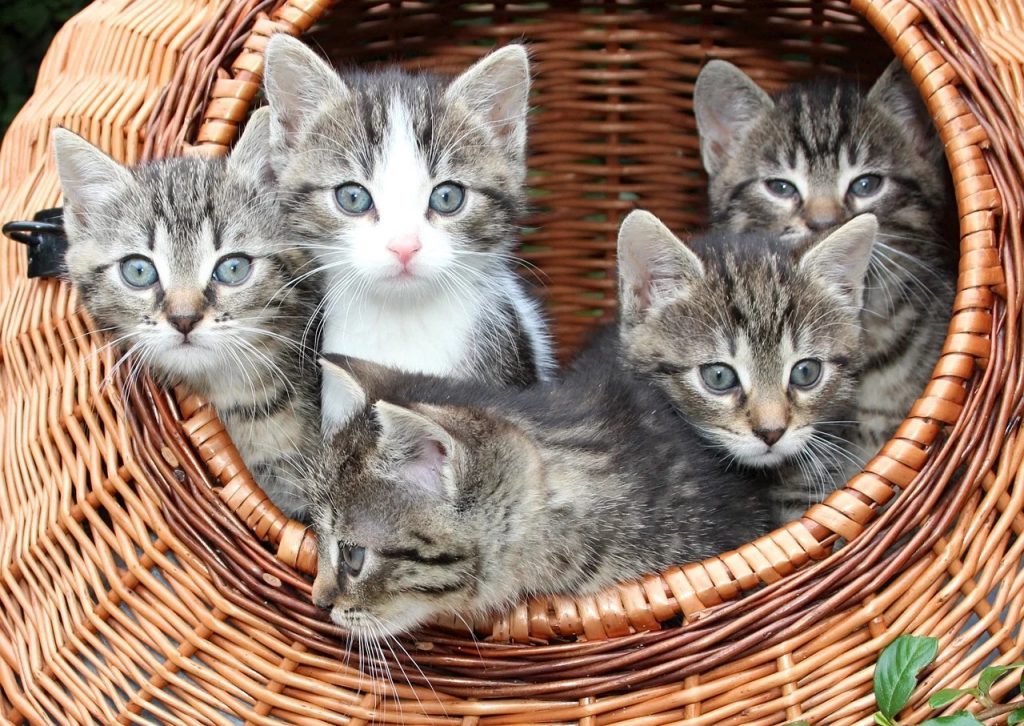
A while ago, I wrote about how intermediary organizations are like mycelium, which is the rootlike structure of mushrooms. Like mycelium, these orgs are vital to the nonprofit field, as they provide several critical functions, including bringing funding to other nonprofits, connecting orgs to one another, disseminating vital information, fostering communication, and mobilizing orgs for advocacy. And they even help organizations at the end of their lives to exit gracefully, the way mushrooms help break down decaying matters and return them to the earth to feed and generate new life.
Yes, that was a very nerdy post, even nerdier than my piece that employs Star Trek analogies to talk about the future of the nonprofit sector. (Nerd alert: one of the newer Star Trek shows, Discovery, has a technology that uses a vast invisible mycelium-in-space network to warp its eponymous spaceship instantaneously anywhere in the universe, and one of its main characters is named Paul Stamets, after the legendary mushroom expert).
Continue reading →




